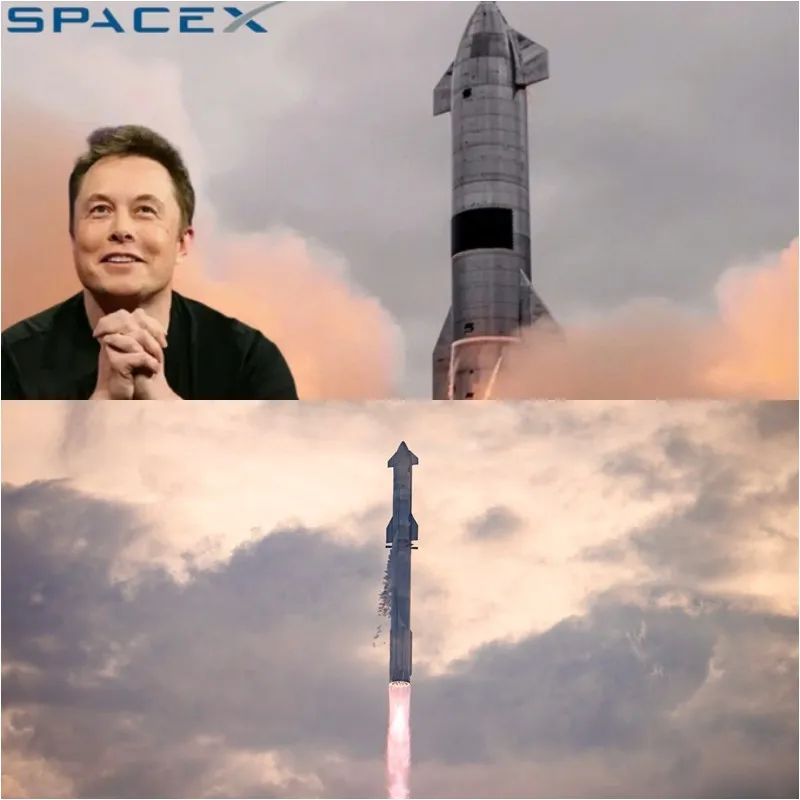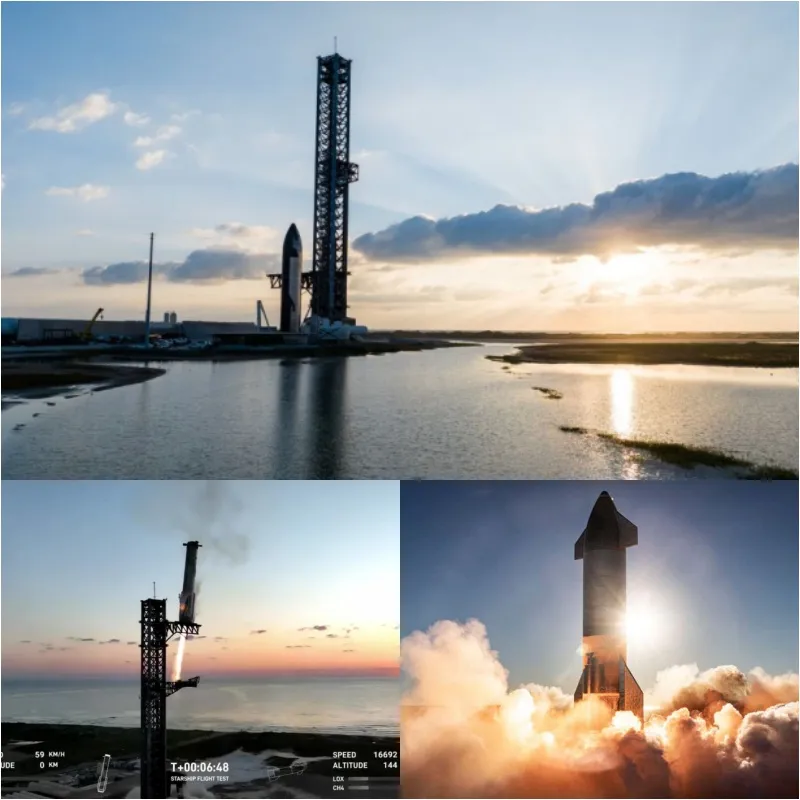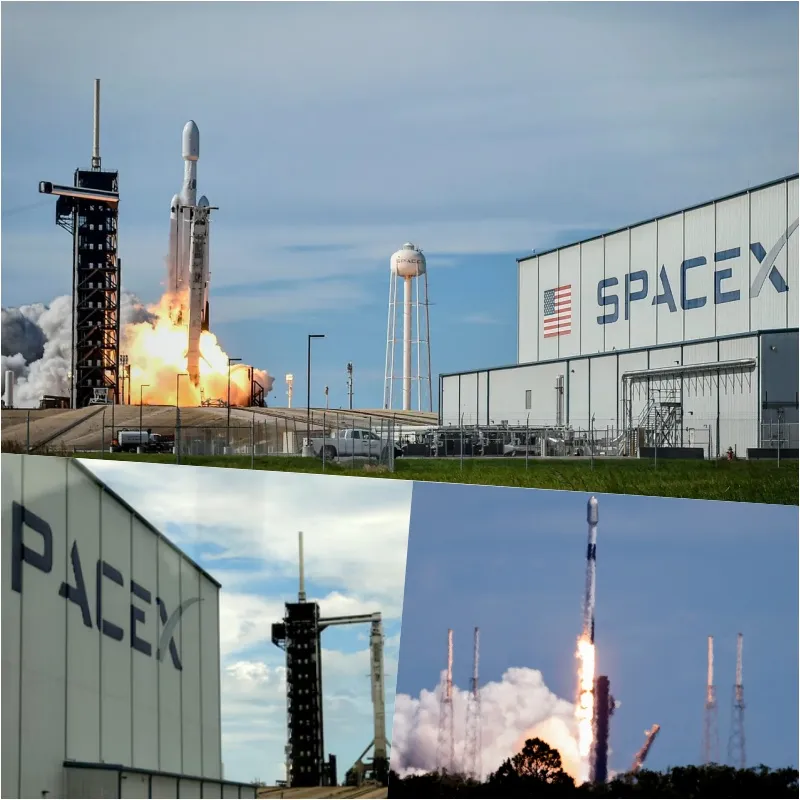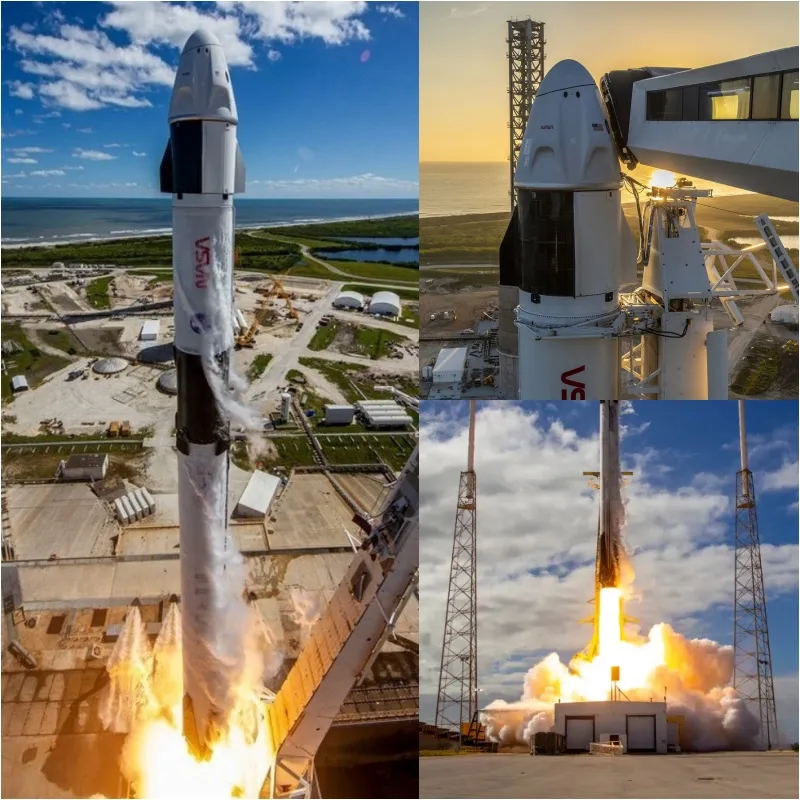Starship Arrives at Launch Pad for Sixth Test Flight

SpaceX is preparing for its sixth test flight of the Starship spacecraft, with the rocket now at the launch pad at Starbase, South Texas. On November 12, SpaceX rolled out the 165-foot-tall (50-meter) upper stage of Starship to the launch site in preparation for the test flight, which is scheduled for November 18.
The Starship Rocket: A Game-Changer in Space Exploration
Starship is the largest and most powerful rocket ever built. It consists of two stages: the upper stage, known as “Starship” or “Ship,” and the first stage, called Super Heavy. When fully assembled, the rocket reaches a height of nearly 400 feet—roughly half the size of the Eiffel Tower—and weighs around 3,000 tons.
Both stages of Starship are designed to be fully and quickly reusable, marking a significant breakthrough in space travel. SpaceX believes this reusability will usher in a new era of space exploration, reducing costs and increasing accessibility.

Starship’s Previous Test Flights and Achievements
So far, Starship has flown five test flights, including two in 2023 (April and November) and three in 2024 (March, June, and October). The most recent flight, on October 13, made history by successfully capturing Starship’s Super Heavy booster using the launch tower’s “chopstick” mechanism just seven minutes after liftoff. Meanwhile, Starship’s 50-meter-high upper stage (Ship) made a successful return to Earth, landing in the Indian Ocean—halfway across the world from its launch site in South Texas.
This achievement was a major milestone for SpaceX, and Elon Musk plans to replicate the booster retrieval on Flight 6. However, unlike in Flight 5, the upper stage will fall into the Indian Ocean during this test flight.

The Two-Stage Starship System
Starship consists of two main components: the Super Heavy booster (first stage) and the Starship spacecraft (second stage). The role of the Super Heavy booster is to lift the Starship spacecraft into orbit. Once the booster has completed its task, it returns to Earth, while the Starship continues its journey using its own engines. Both stages are designed to be reusable, drastically reducing costs.

Cost Reduction and the Future of Space Travel
Elon Musk, the CEO of SpaceX, has emphasized that the reusability of Starship will significantly lower the cost of space launches. Musk predicts that Starship could reduce launch costs by $10 million. Currently, SpaceX estimates that launching a kilogram of cargo into orbit using a Falcon 9 rocket costs around $2,300. In comparison, the cost for Starship could drop to just $100 per kilogram—a massive reduction from the $147,000 per kilogram cost of launches in 1981.
Musk’s vision for Starship is to create a conveyor-belt-like transportation system to low Earth orbit, enabling more efficient and affordable access to space. This innovative approach will likely revolutionize the space industry and make space travel more accessible to a wider range of users.







